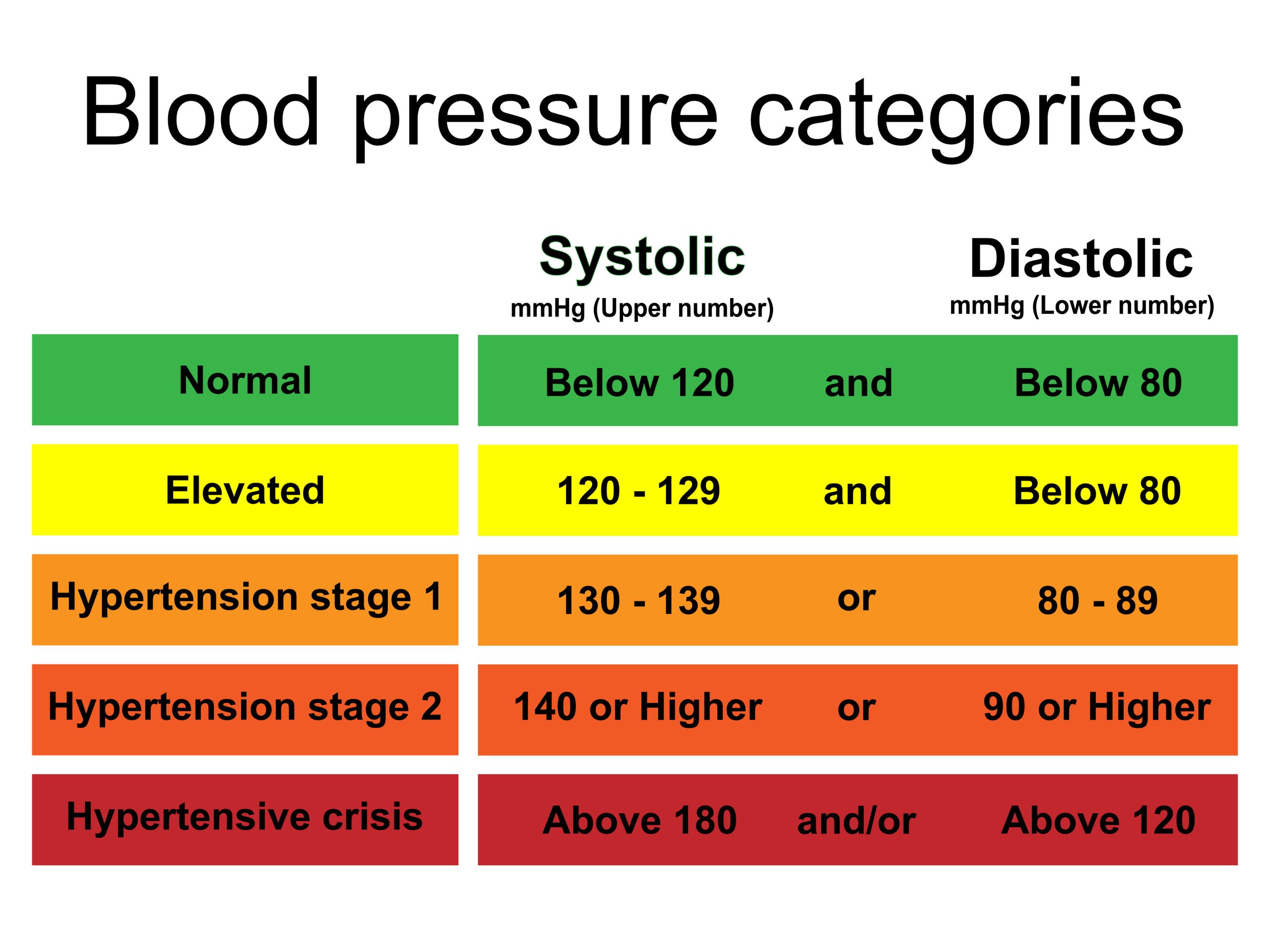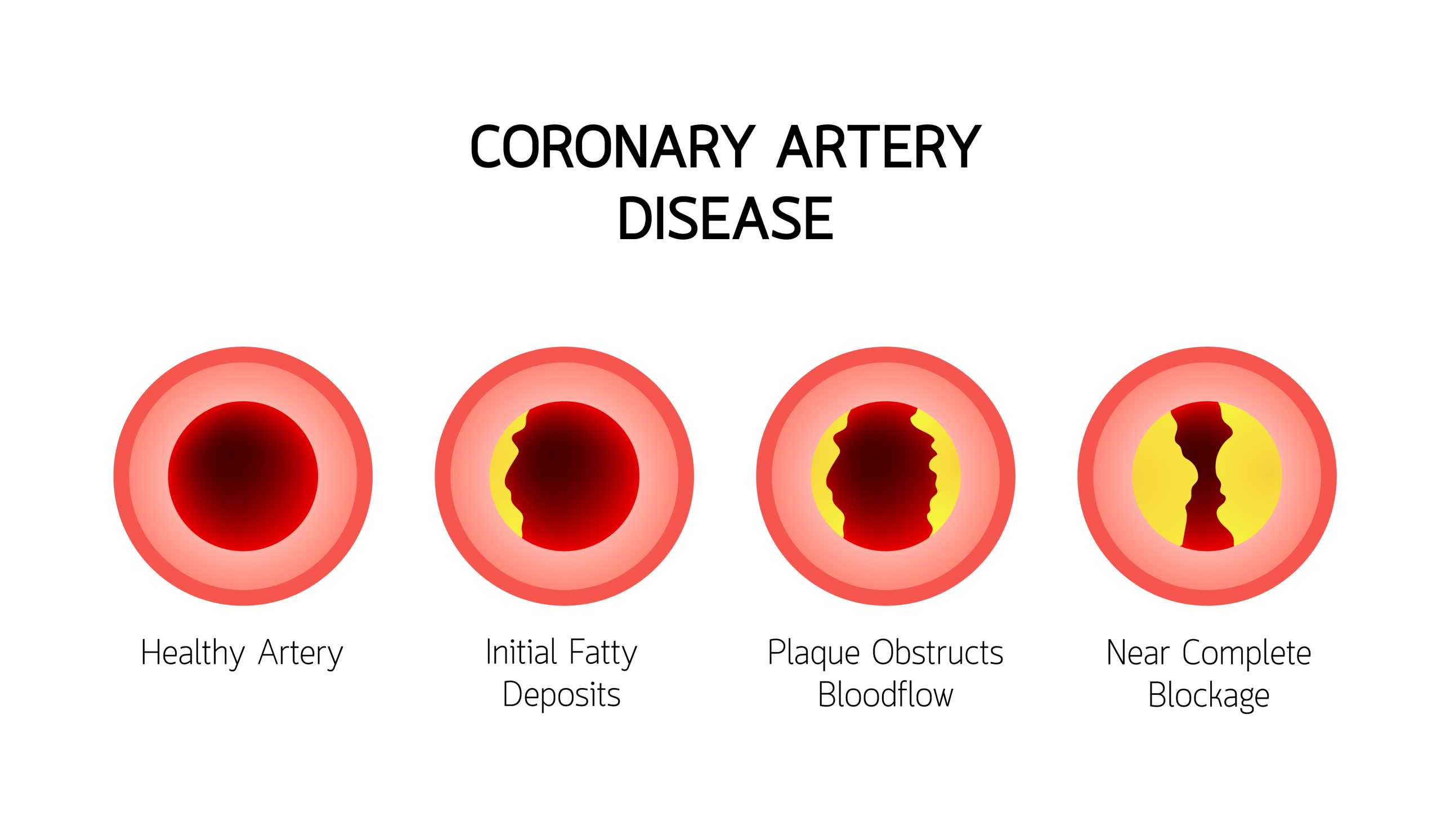
Kinwell wants to empower patients the information they need to live their healthiest lives. Caring for your heart begins with monitoring your blood pressure and understanding what the resulting numbers mean. The wrong numbers can lead to heart disease, stroke, and kidney problems. This is why monitoring blood pressure and it changes over time provides an important means of early detection and treatment of heart disease.
As your heart pushes blood through your circulatory system, beat after beat, it creates pressure on the walls of your veins and arteries. This blood pressure (BP) is measured through a cuff that is inflated to a point where veins under the skin are constricted and the flow of blood shut off. As pressure in the cuff is released, the point where blood starts flowing again can be measured. Blood pressure was traditionally measured by changes in a column of mercury and while electronic sensors are now used, the units of measure are still mm hg (millimeters of mercury).
The two BP numbers
Every beat of your heart results in surges of pressure inside your arteries. This higher “pumping” pressure is called systolic. The lower pressure between pumps is called diastolic. These two numbers are your blood pressure. The American Heart Association has a handy chart that notes a normal blood pressure is less than 120 mm hg systolic and less than 80 mm hg diastolic, or “120 over 80.”

Good numbers and bad numbers
Higher blood pressure numbers indicate your heart is working harder to pump blood through your system. Higher numbers can range from “elevated” (over 120/80), to stage 1 or stage 2 high blood pressure (also known as hypertension), and “crisis” (over 180/120).
Why your numbers may be high
The Centers for Disease Control notes that hypertension can be caused by diabetes or obesity. It can also occur during pregnancy. A consistently high blood pressure is likely caused by constriction in blood vessels due to blockage. Higher blood pressure is needed to push blood through constricted vessels, and this can cause further damage to the heart and arteries.

Bringing BP numbers down
The Mayo Clinic outlines the lifestyle changes that can help to lower high blood pressure. The most significant lifestyle change is to lose weight, especially weight around the waistline. A healthy diet and regular exercise not only reduce weight but have their own beneficial effects on heart health. So does reducing or eliminating smoking, alcohol, and stress, and increasing the quality and quantity of sleep. In addition to lifestyle changes, your clinician may recommend medication depending on your specific condition.
Even if your blood pressure is in the normal range, it’s important to have it checked every year. To discuss your heart health with a Kinwell clinician, or to get help making lifestyle changes, schedule an appointment at Kinwellhealth.com or call 833-411-5469. Established Kinwell patients can schedule appointments through their MyChart app.


